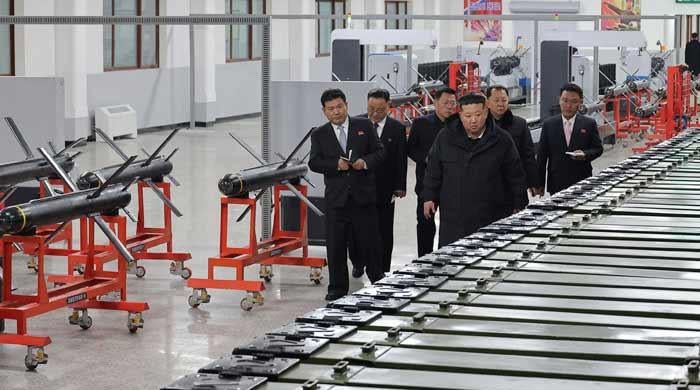From strategic planning to education: China's rise as global power over past 20 years
Countries such as Pakistan can expedite their development and prosperity by following China's lead
August 04, 2024

China's remarkable rise over the past 20 years from a regional to a global power is a good role model for emerging nations hoping to achieve socioeconomic development.
The achievements of the East Asian country can be attributed to its strategic planning, significant investments in R&D and education, and a strong innovation culture spanning several industries.
China realised that the production and export of high-tech, high-value items was essential to the country's socioeconomic progress and its financial assistance to both public and private R&D organisations strengthened this strategic objective.
The country raised its R&D investment by 18% yearly between 2000 and 2022, surpassing the US in innovation by 2020 and dominating the world in the number of international patents filed annually
An important factor in encouraging innovation and expediting economic growth was the Sino-Foreign Cooperative Education (SPARC) program which provided funding for R&D and the establishment of new businesses, increasing productivity and competitiveness in a range of industries.
The program targeted on important technologies like information technology, biotechnology, manufacturing, nanotechnology, energy, and space engineering. Through the provision of funding for cooperative research projects with foreign universities and businesses, the program promoted global cooperation, enhancing ties, transferring technology, and exchanging insights between China and other countries.
China created a comprehensive legal framework that covers technological transfer, patent law, and intellectual property protection. It was passed in 1984 and amended in 1990, as well as the administrative measures of the national scientific and technology programs, which were renewed in 2019.
Additionally, China started several focused programs in science and technology and its ability to produce and sell high-tech items has been greatly increased by this inflow of highly educated and technically skilled labour.
The Asian country also started a number of initiatives to support higher education which allowed it to move from a predominantly agrarian economy to a strong, technologically advanced knowledge economy.
Developing nations can learn a lot from China's quick socioeconomic progress. It is essential to adopt a two-pronged approach that emphasises science, technology, education, and research as the main pillars of sustainable and fair socio-economic growth. Countries such as Pakistan can expedite their development and prosperity by following China's lead.









